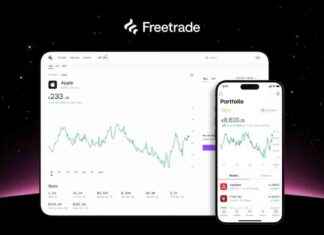Gold prices have been making significant moves recently, bouncing back from daily lows and currently standing at $2,385. This increase comes amid a weakening US dollar and anticipation of potential rate cuts by the Federal Reserve. Market participants are confident that the Fed will lower interest rates at the upcoming September meeting, following a soft inflation report.
The Personal Consumption Expenditure Price Index (PCE), the Fed’s preferred inflation gauge, has shown mixed results. While it inched higher monthly compared to May’s data, the year-over-year figures are hovering close to the Fed’s 2% target. The Core PCE numbers also exceeded expectations, indicating some positive momentum in inflation.
As a result of this data, US Treasury yields have slumped, with bonds rallying. This suggests the possibility of multiple rate cuts by the Fed this year. Reuters sources have indicated that weaker US data is pointing towards easing inflationary pressures and economic activity, setting the stage for rate cuts.
Looking ahead, the Federal Reserve is set to make its monetary policy decision next week. While rates are expected to remain unchanged, the meeting could provide insights into a potential rate cut in September. The market is closely watching these developments for further clues on the future direction of interest rates.
On the technical side, gold prices are showing an upward bias, with buyers regaining control. The Relative Strength Index (RSI) indicates positive momentum, signaling the potential for further upside. However, to sustain this momentum, XAU/USD needs to break above $2,400 and then target the $2,450 area. Further resistance lies at the all-time high of around $2,483 and the $2,500 mark.
Conversely, if gold prices retreat and fall below the 50-day moving average at $2,359, further declines could be expected. Support levels to watch include the July 25 daily low of $2,353 and the 100-DMA at $2,324.
Gold has long been considered a safe-haven asset, especially during times of uncertainty. It is also seen as a hedge against inflation and currency depreciation, making it a popular choice for investors and central banks alike. Central banks, in particular, have been increasing their gold reserves to enhance their economic stability and credibility.
In conclusion, gold prices are on the rise amid a weakening US dollar and expectations of Fed rate cuts. The upcoming Federal Reserve meeting will provide more clarity on the future of interest rates, which could further impact gold prices. Investors are closely monitoring these developments for cues on market direction and potential trading opportunities.








